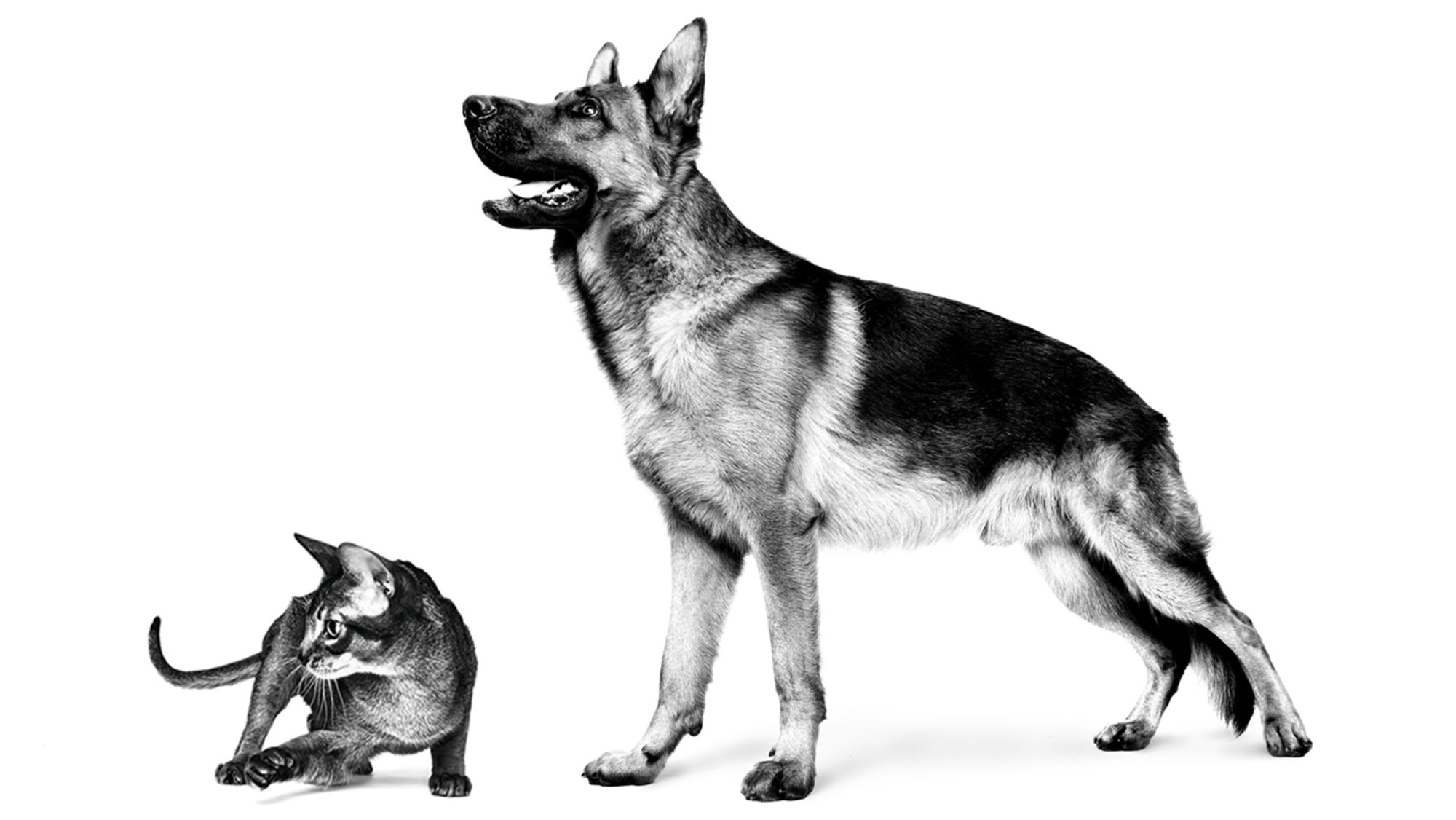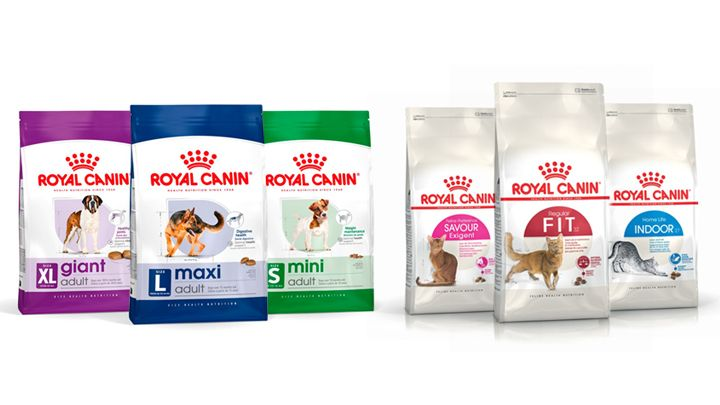Understanding by-products on cat and dog food labels and the benefits
Article

What are by-products in cat and dog food?
The term “by-products” is used to describe an ingredient which is produced in parallel to another. The Association of American Feed Control Officials (AAFCO) defines by-products as “secondary products produced in addition to the principal product.”1 These can be both plant or animal based, and range from corn meal and beet pulp, to organs, fish oils and poultry proteins.
Animal by-products are indicated in EU legislation as ingredients not intended for human consumption. The intended use thereby defines them, for example a kidney is regarded as an animal by-product when it goes into pet food and a meat product when consumed by humans.
This does not mean that by-products are unsafe for consumption, nor that they lack nutrition as some may believe. Rather, they were not part of the primary product which was developed for human consumption.
What is the nutritional value of by-products?
Many assume that dogs or cats will enjoy chicken breast or prime cuts of steak in the same way we do, but the ingredients that appeal the most to humans aren't always the most nutritious for pets.
By-products can provide many high-quality nutrients that are essential to maintaining the health of cats and dogs. For example, liver alone can provide iron, B vitamins (especially B12) and vitamin A. These nutrients support the healthy maintenance of the nervous system, skin, growth, red blood cell formation and vision. Algae, on the other hand, is an excellent source of glucosamine, which is key for mobility and joint support in cats and dogs.
These are not the only nutrients to be taken from by-products, however, as many can provide key nutrients such as protein, fat, minerals and vitamins which play a vital role in the continued development of organs and muscle tissue, supporting the immune system and supplying energy.
Cats and dogs require a balance of precise nutrients based on specific amounts of proteins, vitamins, minerals and fats, amongst others. To ensure cats and dogs are getting a complete diet, tailored to their needs, it’s vital that we focus not on the perception of an ingredient, but instead on the specific nutrients each raw material is able to provide.
Are by-products more sustainable?
By taking a nutrient-led approach to pet food, we are able to consider all ingredient types and select those which have the least environmental and social impact, without compromising on the nutritional value or digestibility of each diet.
When compared with other ingredients commonly used in pet food, by-products aren’t only incredibly nutritious, they’re also more sustainable as they do not compete with human food production. The use of by-products in pet food is therefore essential for the future sustainability of the pet food industry. It not only minimises waste, but also prevents increased pressure on livestock production, which has an impact on the environment and enables us to avoid competition with the human food chain.
To help veterinarians successfully manage dogs suffering from refractory Adverse Food Reaction (AFR), for example, Royal Canin created an innovative nutritional solution using feathers as protein source. This development avoids a reliance competing with human food sources for protein, meaning there is much less wasted in landfills, and we help contribute to global food security.
As an environmentally conscientious company, we are committed to continuing our investments in such research and product development. Work such as this allows us to take advantage of the nutritional values provided by by-products.
Our focus has always been to provide the best nutritional solutions for pets. Our science-driven approach of formulating our diets based on nutrients enables us to do that, and equally, it helps prevent conflict between the human and pet food systems.
Understanding by-products on pet food labels
By-products go through a process of cooking, grinding, separating and drying. By removing the moisture in this way enables us to create a much more concentrated and digestible source of protein.
In comparison to fresh meat, which contains, on average, around 75% water and only 10-30% protein, 1 kilogram fresh poultry will provide approximately 250 grams of nutrients compared to 1 kilogram of dehydrated poultry protein (chicken meal in North America), with much lower water content, which provides a massive 940 grams of nutrients.
According to current feed legislation, each ingredient/ingredient group in a pet food must be listed on the package based on weight before cooking in descending order. This means that fresh “meat” will naturally receive a high position on the ingredients list. This might give the impression that “fresh meat” is the primary source of the nutritional content of the pet food. However, this is not likely to be the case.
The nutritional profile is provided by the entire diet, and not just the first ingredient listed on the pet food label. At Royal Canin, every single ingredient listed on our packaging is included for a specific purpose, determined by the high-quality nutrients they provide for cats and dogs.
Our nutrient-led approach allows us to precisely combine by-products and other raw materials to deliver a nutritional profile tailored to the breed, the age or even any potential health conditions of your cat or dog.
If you are ever uncertain about ingredients in your pet food, or would like to know more about how a cat or dog’s diets should be tailored to address their unique needs, speak to your vet or a qualified pet nutritionist.
1 EUR-Lex no68/2013, Guidance Note on EU Classification of Food, Food Safety Authority of Ireland, http://talkspetfood.aafco.org/byproducts

Royal Canin’s approach to nutrition

Browse our product ranges
Like & share this page